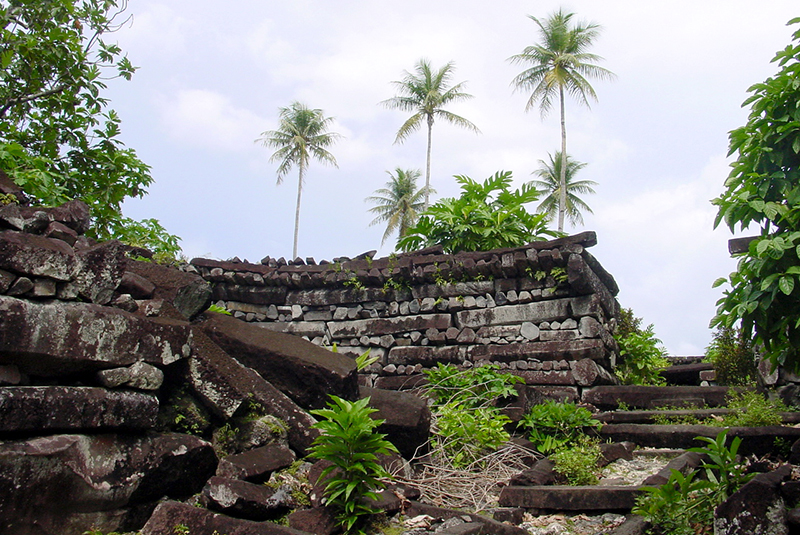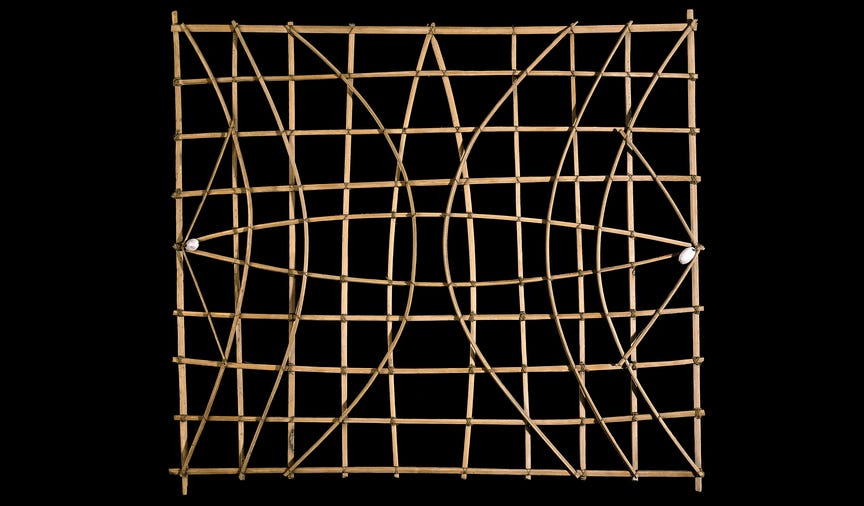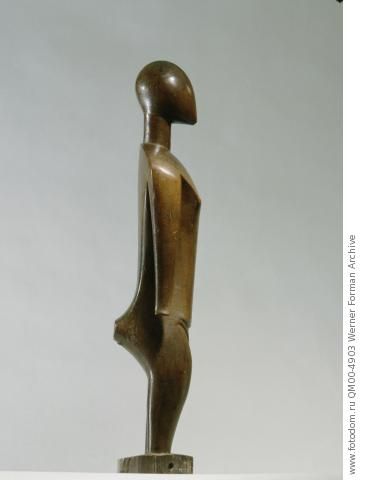AP Art History - Pacific Art (copy)
1/10
There's no tags or description
Looks like no tags are added yet.
Name | Mastery | Learn | Test | Matching | Spaced |
|---|
No study sessions yet.
11 Terms

The [blank] was an abandoned city to separate the higher class from the lower class; being a city where the ruler could watch over the people. The Saudeleur Dynasty built this in 700- 1600 C.E located in Micronesia. (Context). It’s 15ft high and 35 ft thick and is made of basalt. (Form) [blank] was also a major spiritual center and the site of many religious ceremonies. (Subject Matter) Most scholars believe it was the ceremonial and political center of the Saudeleur Dynasty. (Audience)

The [blank] contains powers (mana) where the the inner force/power that comes from the gods and is given to the royalty. (Context) The [blank] is texturized, with limited colors like black, yellow, and red. It’s symmetric and features simple geometric patterns. It was made out of feathers and fiber. (Form) It was used in ceremonies and given as gifts. (Purpose) It was directed as the king’s cape and with the large scale and patterns, it represented divinity and power. Scholars believed the [blank] provided spiritual protection for its wearers (Audience)

[blank] has radial balance. It has geometric shapes and patterns. It was known as freehand painting. This [blank] features concentric circles, wherein the motifs get smaller as they get closer to the center. [blank] was made out of bark cloth. (Form) Traditionally produced and decorated by women in groups to build community and maintain tradition (Context) Used in rituals and ceremonies. (Function) Scholars say that the tapa gave spiritual meaning since [blank] has mana and was believed that the mana can accumulate its texture. (Audience)

[blank] is symmetrical. It has a black and white pattern and is a tattoo. It has mana and has similarities to tapas, which represents protection. Oil on canvas would be placed onto you from a chisel; soot and oil were placed on your wounds to heal. (Form) Bring ancestral presence into the world of the living. (Function)

Danced at funeral rituals. Used in rites to ensure good harvests, fish, and game. The dance would reenact events from the lives of the heroes. (Function) Made from turtle shell, wood, fiber, feathers, and shell. Tortoise shell is steamed and molded, shaped, and tied together. Made of items that were traded throughout the region. Geometric patterns. Many textures. White ochre eyes. Symmetrical (Form) Has a human face (possibly one of the cultural heroes) It is possible the frigate bird was this person/hero’s (Content)

Map of the islands used for navigation. (Function) Made of wood, cowrie shells, and coconut fibers. The horizontal and vertical lines represent currents, which are steady and predictable. The diagonal and curved lines represent wind and water currents and ocean swells. The small shells represent islands. Rebbelib = large map that covers many islands. Mattang = smaller map for training navigators, usually the area around one or two islands. (Form) The use of [blank] was an important aspect of Pacific Island culture, as they allowed these peoples to explore new territories and to establish trade and cultural exchange with other island communities. (Context)

The purpose of a [blank] ceremony is to send the souls of the deceased to the realm of the dead. It also serves as the initiation of young men, educating them about the traditions (Purpose) Ceremonies were critical in the transition of the soul from the world of the living to the realm of the dead. (Context) Anthropomorphic. Subtractive carving. Complex. Made from Wood, pigment, fiber, and shell. The type of mask indicates the person’s relationship with the clan and family members (Form)

When Queen Elizabeth was crowned, she made a global tour of the British commonwealth – including Fiji and Tonga. She was welcomed with a multisensory ceremony (Context) This photo captures the enormous tapa cloth made for the visit of Queen Elizabeth AND documents a ceremonial ritual of exchange. The Presentation to the Queen is an example of performance art, art in which works in any of a variety of media are executed premeditated before a live audience. These tapas are decorated with royal crowns, geometric patterns, and floral motifs. Women are wearing decorated tapa cloth as well as making an offering of them. (Form)

Elegant proportions. Clean lines. Unity of line and form. Absolute balance. Sense of spiritual tranquility. Pubic triangle. A tattoo is required for a small number of women, the elite. The shiny wood demonstrates that it is a precious item and cared for. (Form) Samoan settlers brought ideas of hierarchy, rank, and aesthetic principles such as carving stylized human figures. (Context) Many scholars believe that female deities were often associated with fertility, motherhood, and the earth. (Audience)

Platforms are as sacred as the sculptures. Marked burial sites or were used for religious ceremonies. Eyes sockets were originally inlaid with red stone (obsidian) and coral and the sculpture was painted with red and white designs. Huge, block figures with fairly planar facial features. Long sloping noses, strong brows, deeply inset eyes, and prominent chins. Some wear a hat-like cylinder made of red stone on their heads, which may represent a headdress or elaborate hairstyle. (Form) Hats were the final addition and honored the ancestors and add prestige because the head was thought to contain mana. Moai statues were built to honor chieftain or other important people who had passed away. They were placed on rectangular stone platforms called ahu, which are tombs for the people that the statues represented. (Function)

Ranged in length from 2 to 14 feet. The wrapped part is most important. Central section is wrapped in decorated bark cloth. Head has stylized eyes, ears, mouth. Feathers connect to the gods. May represent the generations that the god created. (Form) [blank] are large, stylized images of gods made from wood. The tapa protects the mana of the deity and contains it within the different layers. The mana is also contained in feathers and pieces of pearl shell. Represents familial descent and genealogy. (Content)